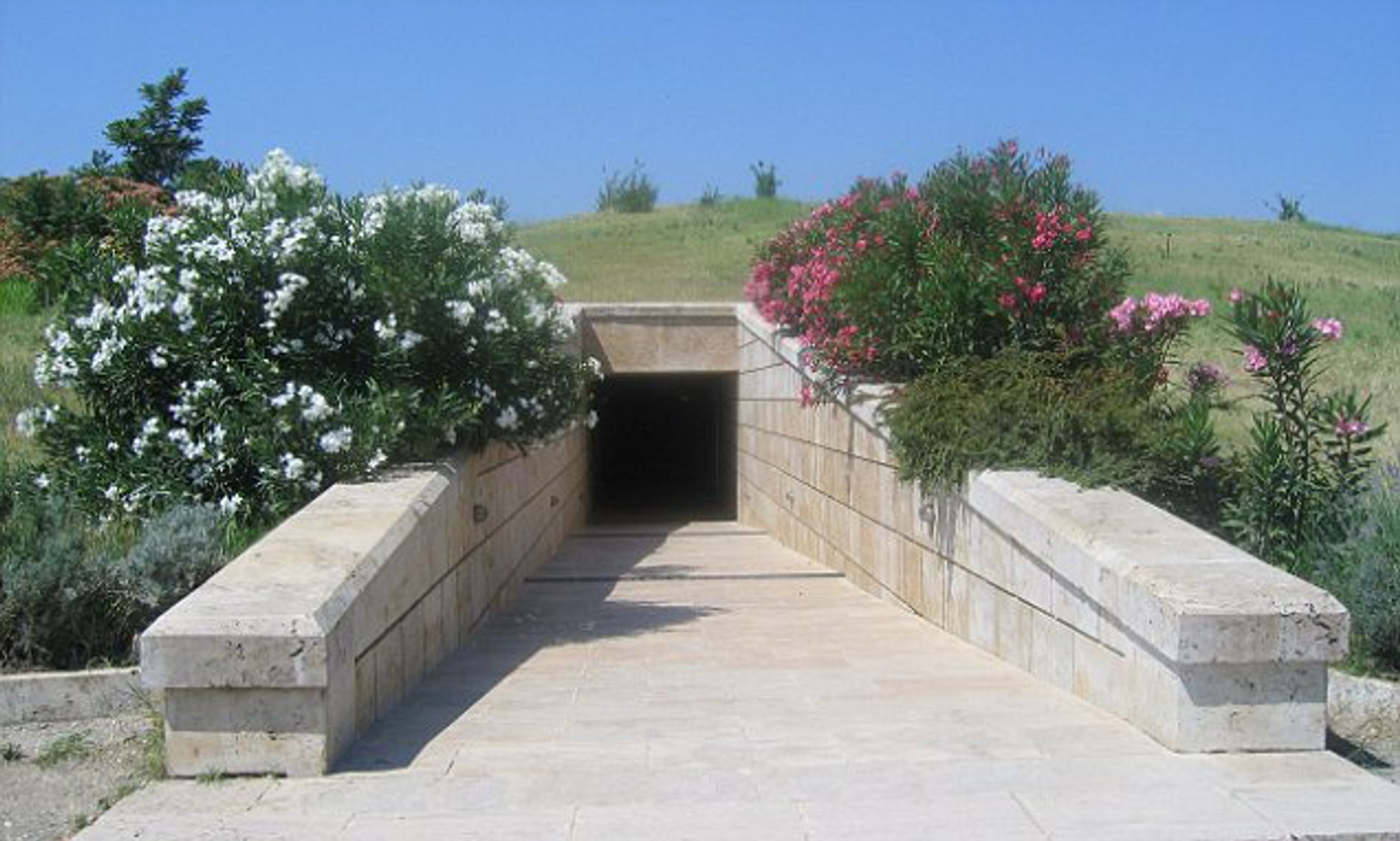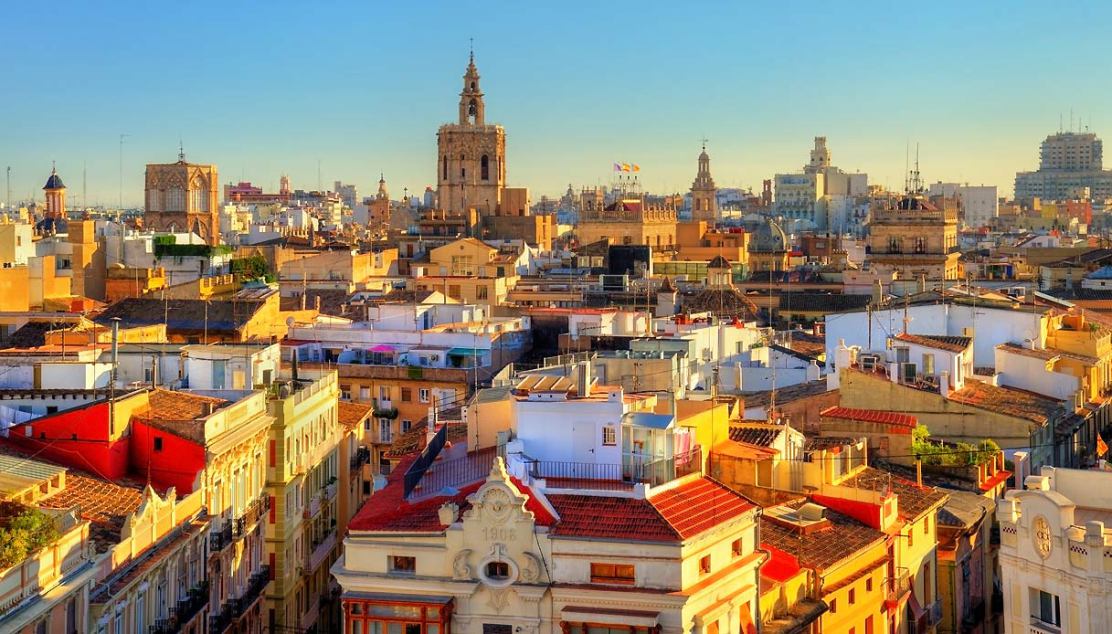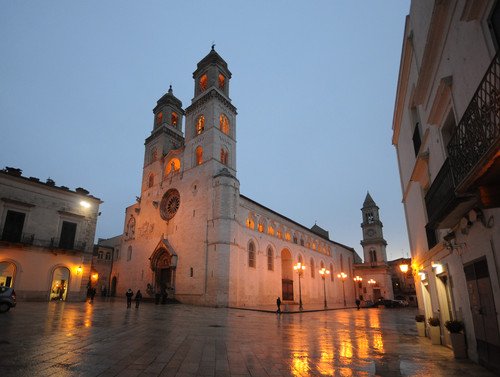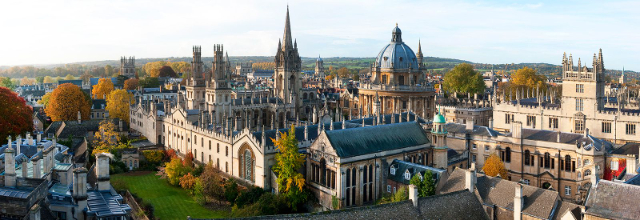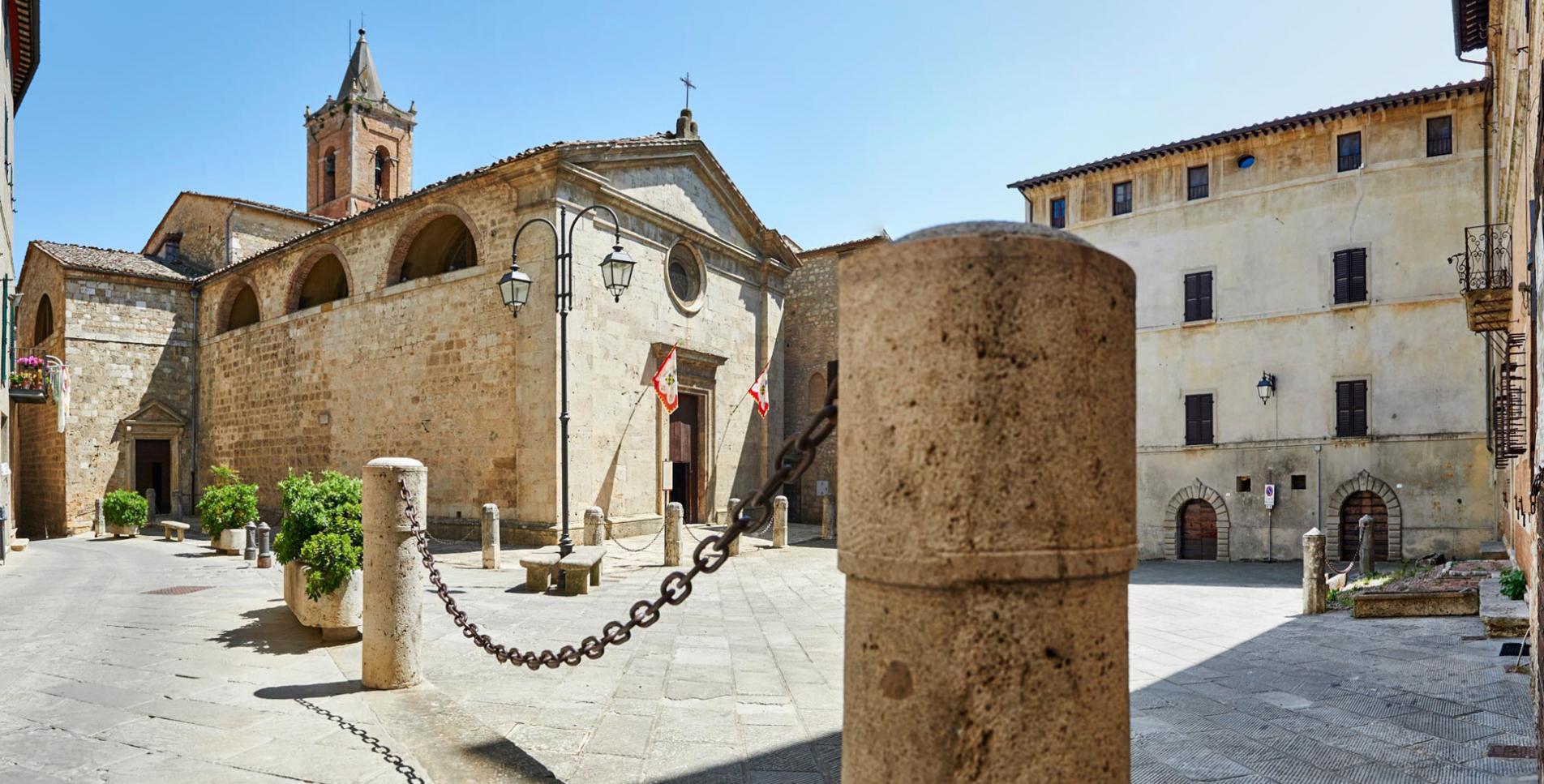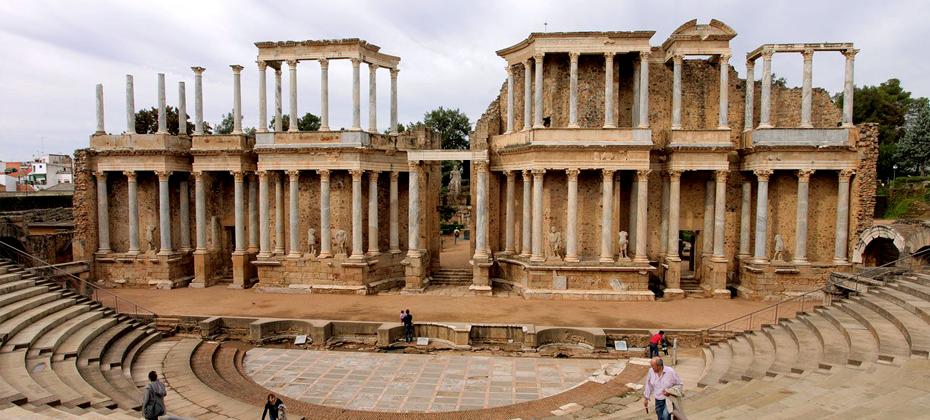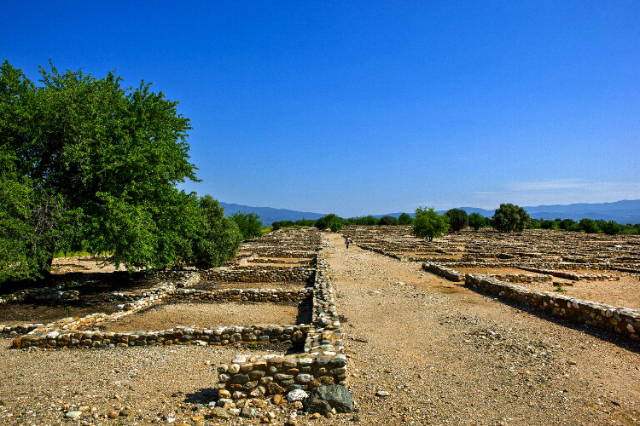Vergina is a small village in northern Greece, belonging to the prefecture of Imathia, in Central Macedonia. It lies on the slopes of the Pieria Mountains, just over two thousand meters above sea level and has a population of about two thousand inhabitants.
Vergina is home to one of the largest archaeological sites in Greece which was added to the World Heritage list in 1996.
The name "Vergina" derives from that of a legendary Macedonian queen who committed suicide in the river Aliakmone so as not to become a prisoner of the Turks. This pleasant locality became famous in the late 1970s after the discovery of the tomb of Philip II, king of Macedonia from 359 BC to 336 BC, and was the father of Alexander the Great and Philip III of Macedonia. This discovery makes Vergina be considered the ancient capital of Macedonia.In the area around Vergina numerous archaeological findings have been found that have brought to light the magnificence and power of the Macedonian kingdom.
Between the two villages Vergina and Palatitsia a necropolis was found that covers an area of over one square kilometer and includes more than three hundred tumuli in the southern part. The diameter of these mounds varies from 15 to 20 meters while the height from half a meter to one meter. Among all of them there is even a mound that archaeologists date back to the Iron Age (1000-700 BC) while the most recent one is from the Hellenistic period.
The Macedonian tombs consisted of a vaulted chamber, an architectural entrance with a monumental door, a corridor and then a tumulus. To the necropolis belonged the tomb of Philip II that was built by Alexander the Great around 336 BC at the death of the king. The tomb consists of two rooms, an antechamber which houses the ashes of Cleopatra, the sovereign’s wife, and a main chamber reserved for Philip. The chambers always have a barrel-vaulted roof over five metres high. The entrance is monumental and features a Doric frieze depicting a beautiful hunting scene: a mountainous landscape, five hunting scenes punctuated by trees, leafless trunks, hunters and animals in an animal atmosphere.
In the painting the figure Philip II is marked by a white horse about to strike a lion to death. A laurel wreath identifies his son Alexander, amidst trees, horsemen, dogs and other elements typical of the Greek world.The bones of Philip II were found wrapped in a purple and gold cloth, preserved in a large golden larnax. The larnax was inside a large marble sarcophagus that also contained the king’s weapons, his iron cuirass with gold embossed decoration, his helmet and sword, three pairs of bronze leggings, the shield made of gold and ivory and a golden laurel wreath found on the bones of the deceased king. The wreath consists of 313 leaves and 68 acorns…and all of these precious items were buried and have been well preserved for 23 centuries.
